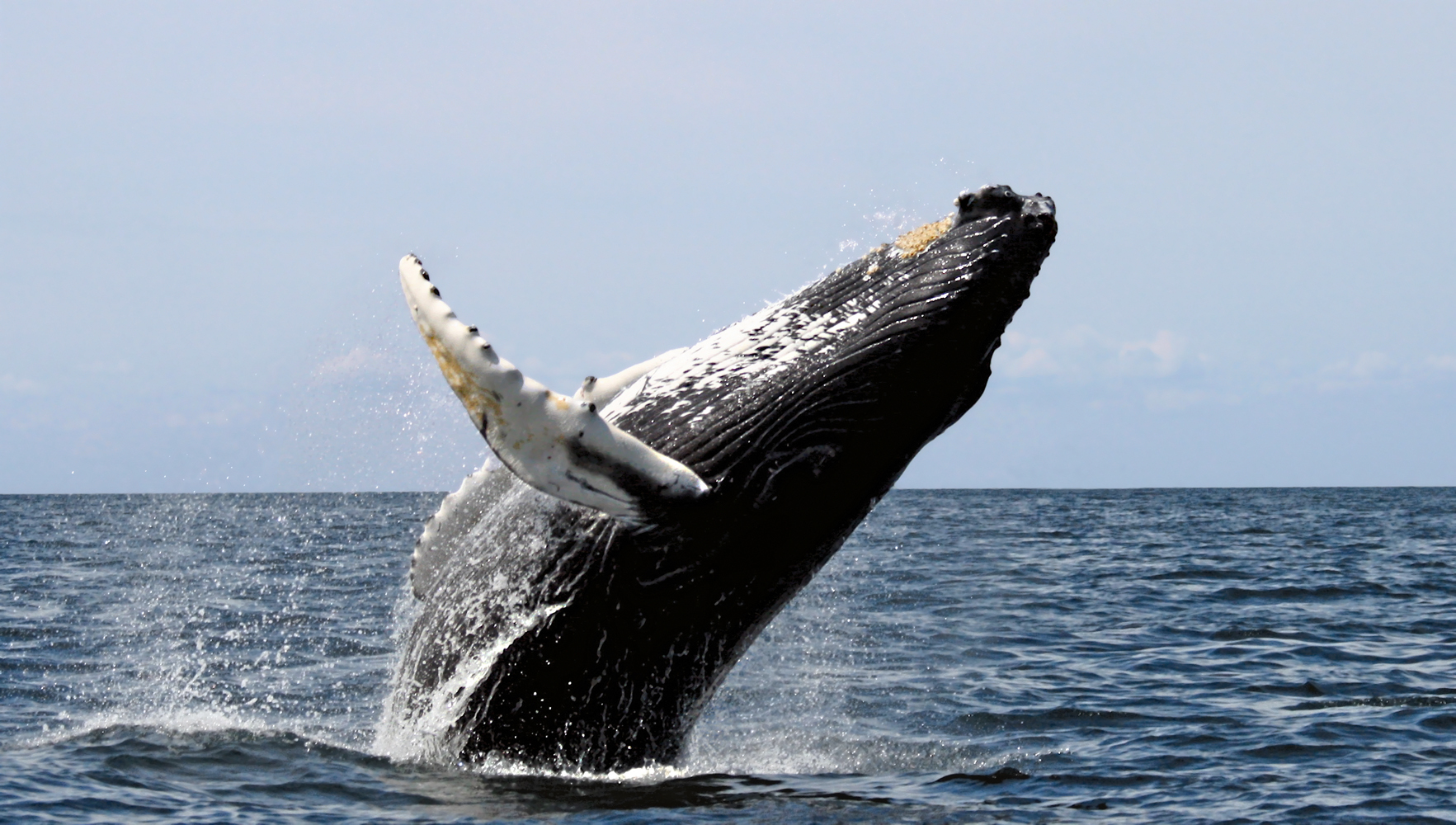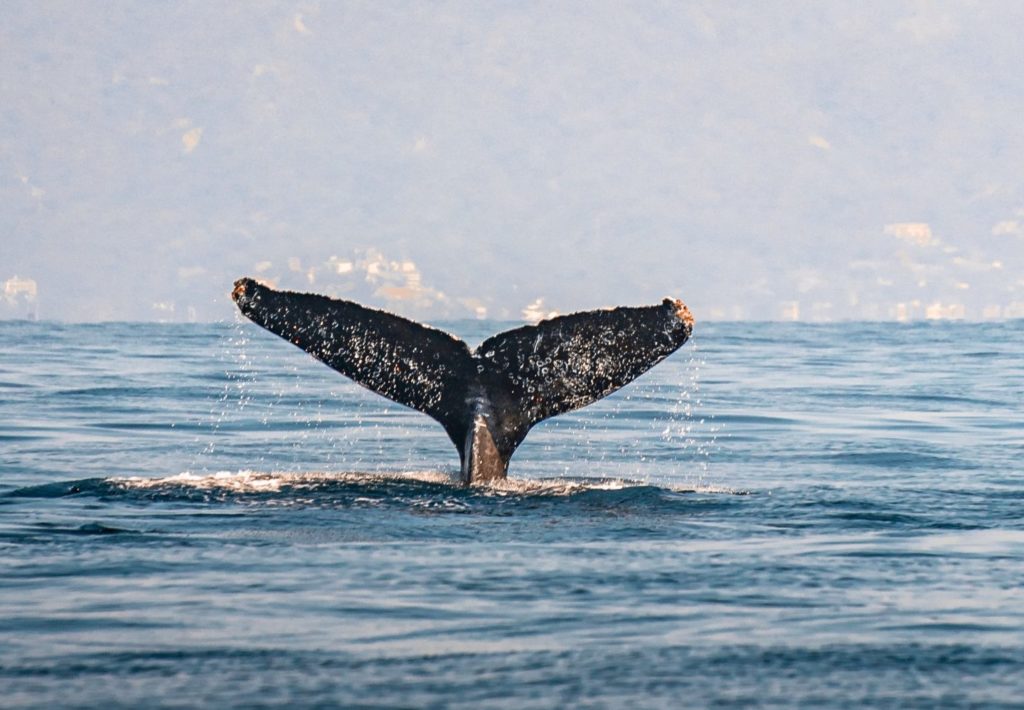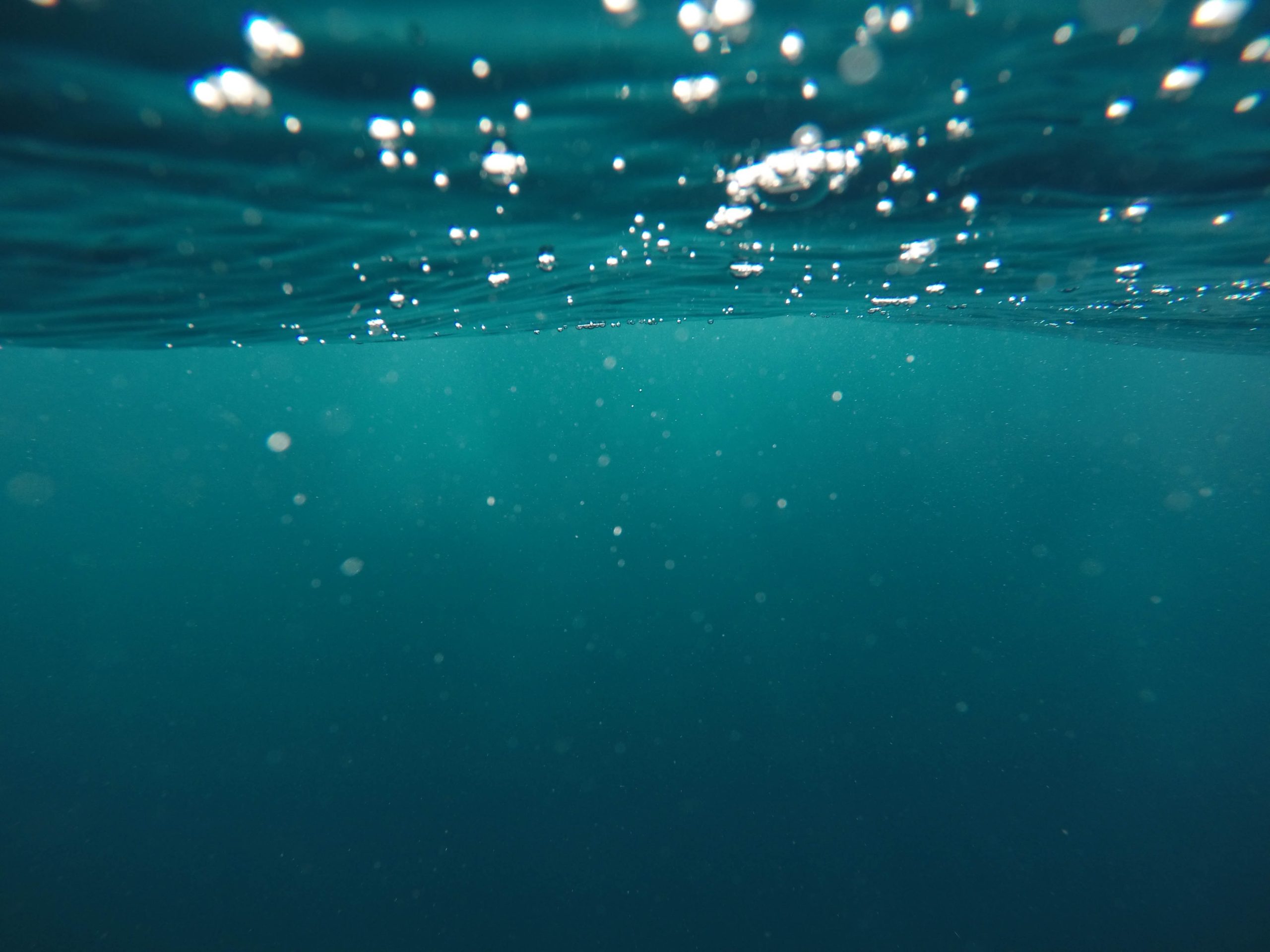It is difficult not to regard the humpback whale with awe and curiosity. Weighing around 36 tonnes, these sea giants range from 12 to 16 metres in length. Despite their gigantic size, their primary food source is very small: schooling fish that gather in large numbers such as anchovies, cod, sardines, mackerel, and capelin.
This majestic marine mammal's feeding habits involve taking in and pushing out seawater from its mouth and collecting a tasty meal through the baleen: a row of plates inside the whale's mouth which hold millions of bristle-like hair made of keratin (the same substance that makes up your hair and nails). This filter feeding system is one of the distinct features that categorizes the humpback as a mysticetes, also distinguished by their symmetrical skull and paired blowhole.
Of all the feeding techniques, perhaps the most spectacular is the "bubble net," where two or more whales swim below a school of fish and blow a cloud of bubbles. Panicking, the fish cluster tighter together which creates an opportune moment for the whales to take a big open mouth swim right through the fish-filled water.
Breaching & Singing
Humpback are incredibly complex and social animals with a variety of behaviours that scientists are still trying to figure out, like spyhopping—where whales peek out of the water to scope their surroundings.

A humpback whale breaching! Photo taken by Whit Welles, courtesy of Wikimedia Commons.
Humpbacks also hurl their bodies into the sky in a spectacular move called breaching, where they fly out of the water before crashing into the ocean again. Out of all the mysticetes, the humpback whale breaches the most often. It's thought that many of these behaviours play a role in courtship, with males competing with other males and impressing females with these feats of cleverness and power.
But perhaps the most fascinating area of researching humpbacks is their songs. While both male and female humpbacks are vocal, the way in which they communicate differ: like a song, males produce complex vocalizations shared within a certain geographical area, while females only engage in calls. Though there are many theories surrounding whale vocalizations, researchers continue to make new discoveries. Researchers in the west coast of Australia, for example, have noticed that songs have structure, evolving over time only when there are new influences from "foreign singers." Researchers in the east coast of Australia suggest that fin slapping, pectoral, fluke and peduncle, all serve as ways to communicate within a group or over short distances.
Migrating giants
Humpbacks travel along huge migration routes, covering up to 25,000 kilometres with occasional stops at feeding, courtship and calving grounds.

Once hunted to the edge of extinction, with an estimated population drop of over 90%, humpback whales have since bounced back to about 84,000. Because of this resurgence humpback whales in Canada are no longer classified as a threatened species; the Committee on the Status of Endangered Wildlife in Canada (COSEWIC) now considers them to be a species of special concern.
Many NGOs along our coast have continued with cataloguing efforts, including the Marine Mammal Research Program’s North Coast Cetacean Research Initiative. Since 2016, the Marine Mammal Research Program has been using hexacopter drones to collect “snot” samples from the blow of humpback whales in order to monitor population health.
About 70% of the surface of the earth is covered with water. Over 8% of marine pollution comes from land-based activities.
Learn about the diffusion of pesticides, plastics, and pollution on marine ecosystems through our DIY Experiment "Ocean in a Jar." All you need is a small container, food colouring, oil, dry herbs and homemade confetti.
